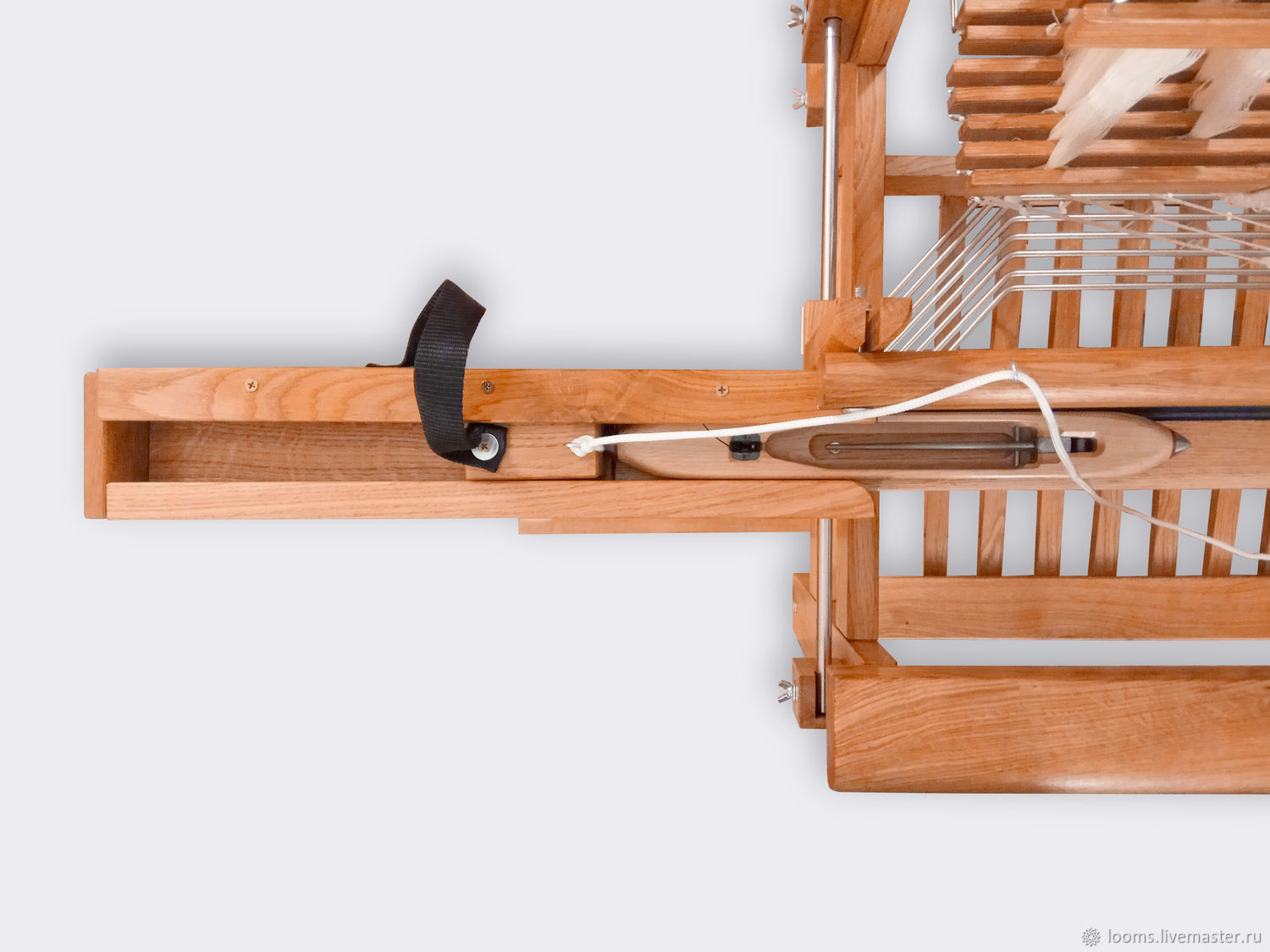

John Kay was the subject of many personal attacks upon himself as he struggled for financial and literal survival. The owners loved it because it sped up the process and they could reduce the number of people they employed. It had an enormous impact on the woolen industry. John Kay’s shuttle was shot out of a box, backwards and forwards, carrying the weft without the weaver having to come into contact with the shuttle at all. The shuttle was only one part of a textile loom but it was the part that had to be physically thrown backwards and forwards by the weaver as it carries the weft through the warp. John Kay The flying shuttle was a simple device that had huge impact In 1733 he patented the ‘New engine for opening and dressing wool’, this machine included the famous ‘flying shuttle’. He became manager of one of his father’s mills and soon developed skills as a machinist and engineer, modifying machines as necessary. He was born in Bury in Lancashire in 1704, the son of a woolen manufacturer. So what about John Kay and the Flying Shuttle? He knew the problems and the pitfalls of mechanization but could see the great need for advancement in the industry. John Kay was a man whose entire young life had been exposed to the woolen industry. John Kay, inventor of the ‘Flying Shuttle’, held in his hands, the first flutterings of what would become, the Industrial Revolution.

Northampton and the First Cotton Spinning Mill 1742.John Kay 1753-54 House destroyed by machine breakers…keeps inventing.John Kay Inventor of the Flying Shuttle.

Panel where to look is also shown ( R2, O12, etc)Īlso, C P or MS is used to define who will do the actions ( Captain, Pilot, Specialist). On the left, there is the timeline of the mission, in Mission Elapsed Time since lift off. In this one, Commander, Pilot, Mission Specialist are supposed to do differents things in the cockpit, so the checks can be a bit weird to read at first glance. For example, √ Evap out=60° means Check that the evap out of the Freon is around 60°Ī special note for Post insertion and Deorbit Preparation Checklists. Sometimes, a square root √ is preceding an item. It was important to have a quick look to know what to do in case of Engine failure for example.Īscent checklist is pretty straight forward, reading from up to bottom with time of actions, where to look ( panels R2, L2, O 14 etc), and what to do. A huge amount of datas of those FDF are for non-normal situations. The Caution and Warning System fault messages annotated file contain all the fault messages implemented in the last dev version of December 2020.Ĭaution and Warning System Fault Messages CWS Fault MessagesĭPS Dictionnary System Management limit indicators DPS Dictionnary SM Indicatorsįrom 230 pages for ascent FDF, we go to less than 30 pages. Post insertion Checklist Post Insertion Checklist Annotatedĭeorbit Preparation Checklist Deorbit Preparation Checklist AnnotatedĮntry Checklist Entry Checklist Annotated You can find the real one here, called Flight Data Files ( FDF) Īscent Checklist Ascent Checklist Annotated Here you will find all the materials/condensed checklist that you need for the differents phases of flight.


 0 kommentar(er)
0 kommentar(er)
